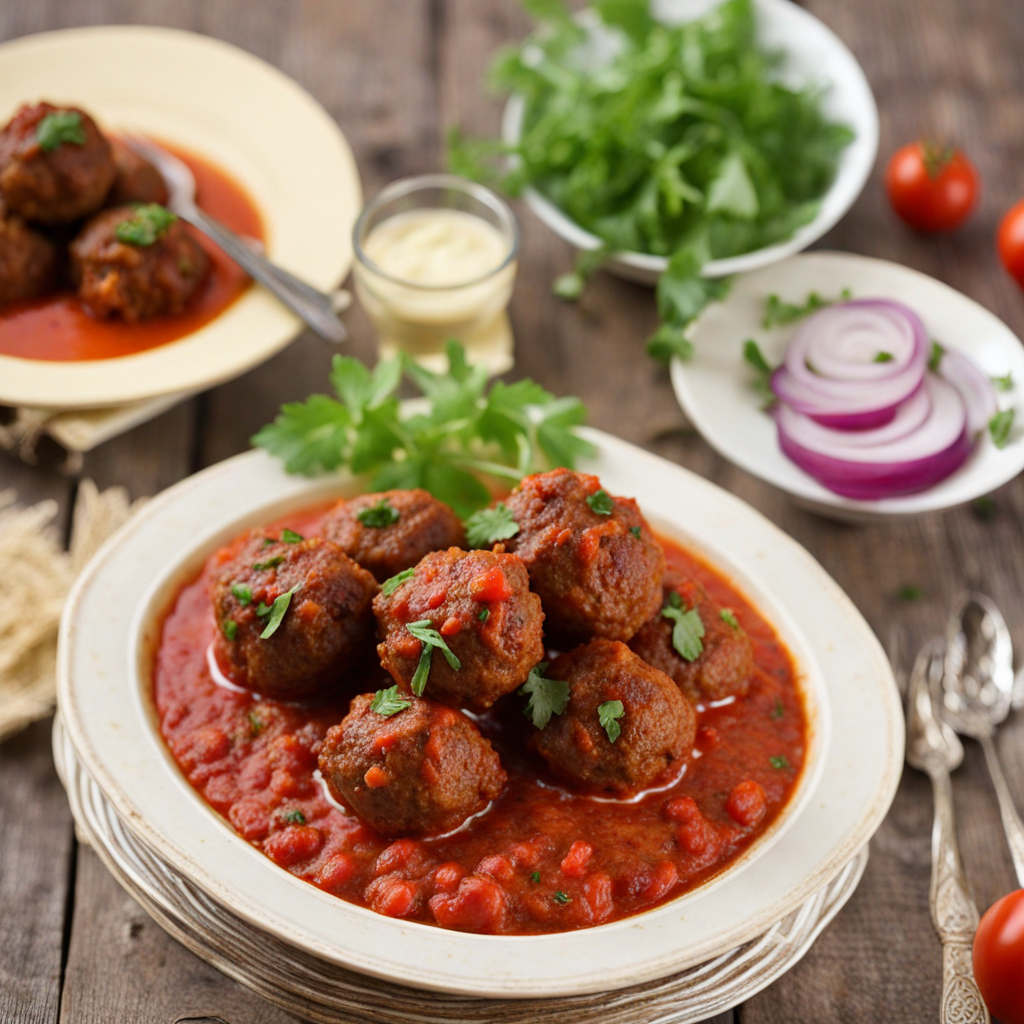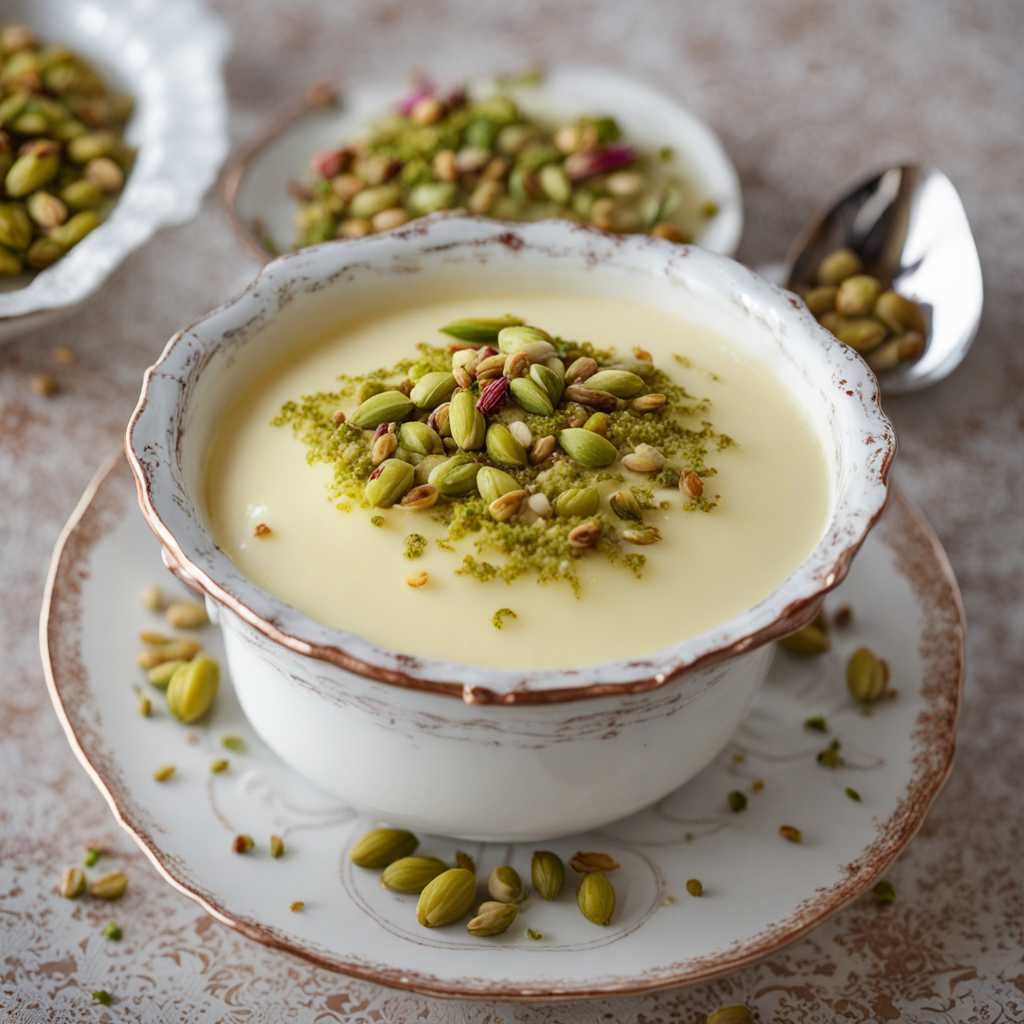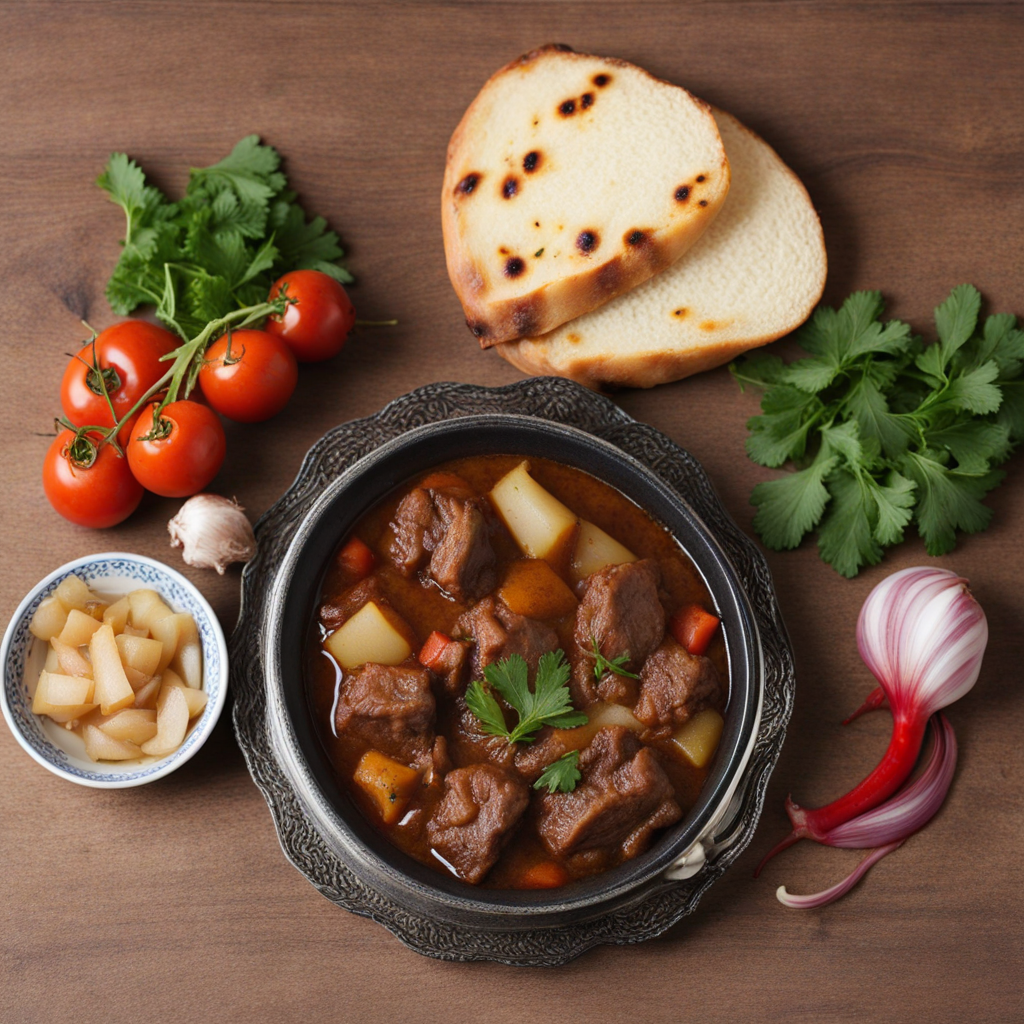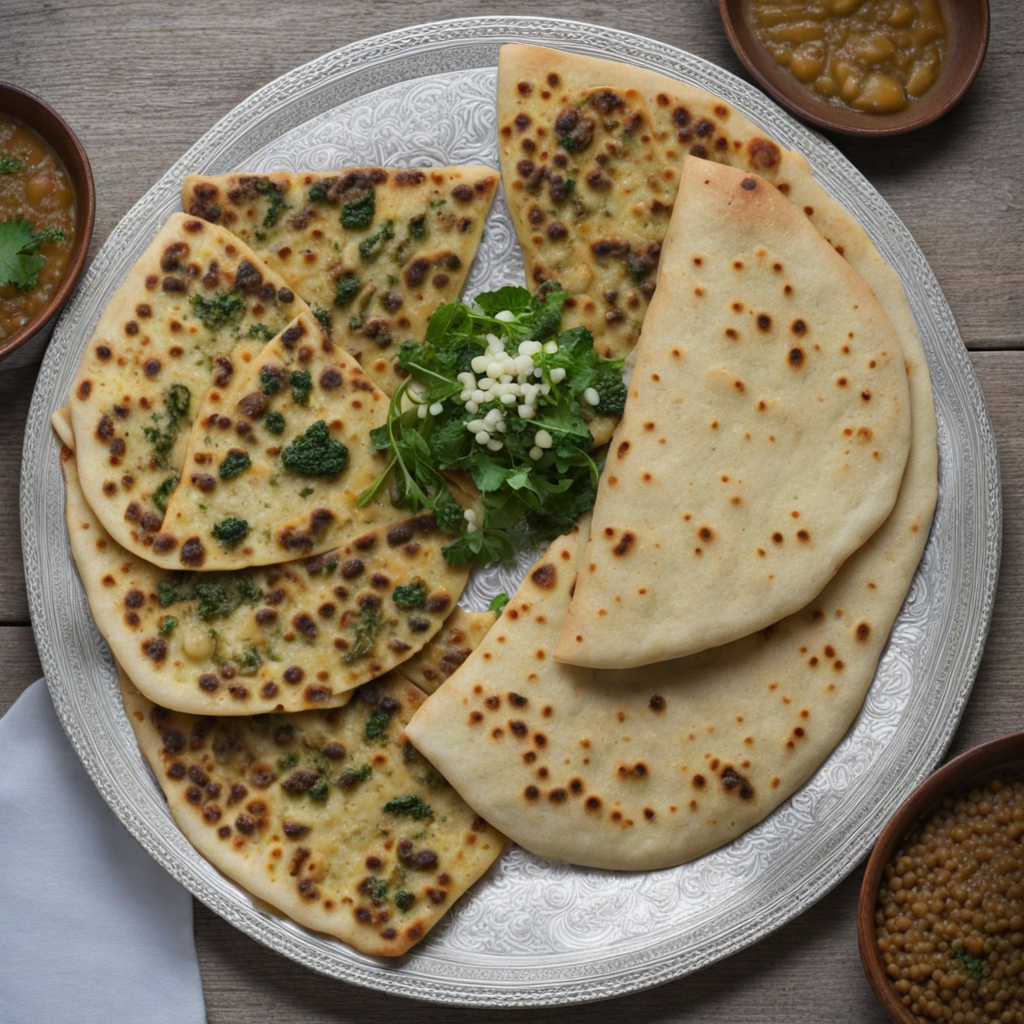Kofta
Kofta is a beloved Afghan dish that showcases the rich culinary heritage of the region. These flavorful meatballs are typically made from ground beef, lamb, or chicken, blended with a variety of finely chopped herbs and spices. Common ingredients include garlic, onion, coriander, and sometimes a hint of chili for those who enjoy a little heat. The mixture is skillfully shaped into balls or patties, which are then grilled or fried to achieve a crispy exterior while remaining juicy on the inside. The aromatic spices used in Kofta create an enticing aroma that fills the air, making it impossible to resist. The cooking methods for Kofta may vary, with some variations being baked or simmered in a rich, spiced tomato sauce. This method adds an extra layer of flavor and moisture, making the meatballs incredibly tender. In Afghan cuisine, Kofta is often served with a side of fluffy rice, fresh flatbreads, or a zesty salad, allowing diners to experience a delightful combination of textures and flavors. The dish is also commonly accompanied by yogurt or a tangy sauce that balances the spices, enhancing the overall experience. Kofta is more than just a meal; it embodies the spirit of Afghan hospitality and tradition. Often enjoyed during special occasions or family gatherings, it brings people together around the table. The vibrant flavors and the communal aspect of sharing a plate of Kofta make it a dish worth discovering. Each bite offers a taste of Afghanistan's rich culture, inviting you to explore the delicious intricacies of its culinary landscape.
How It Became This Dish
Origin of Kofteh Kofteh, a beloved dish of Afghan cuisine, traces its origins back to the rich tapestry of Central Asian cooking. The name itself is derived from the Persian word "kofta," which means "to pound" or "to grind." This indicates that the dish has deep roots in the culinary practices of the region, where ground meat has been a staple for centuries. The concept of combining minced or ground meat with various spices and other ingredients is not unique to Afghanistan; it reflects a broader tradition found in many cultures across the Middle East, South Asia, and the Mediterranean. Traditionally, Kofteh is made with ground meat, usually lamb or beef, mixed with rice, lentils, or a variety of vegetables. The ingredients are often flavored with spices such as cumin, turmeric, and coriander, which are essential to Afghan cuisine. The dish is then shaped into balls or patties and either boiled, steamed, or fried, depending on regional variations. This adaptability is one reason why Kofteh has remained a popular dish among Afghan families, as each household often has its own unique recipe and preparation style. Cultural Significance Kofteh holds a prominent place in Afghan culture, symbolizing hospitality and communal dining. It is a dish that is often served during special occasions such as weddings, religious festivals, and family gatherings, showcasing the importance of food as a means of bringing people together. The preparation of Kofteh can also be a communal activity, with family members participating in the grinding of meat and the mixing of ingredients, fostering a sense of community and shared tradition. In Afghanistan, food is deeply intertwined with identity and cultural heritage. Kofteh represents not just a meal but a connection to the land and its history. The ingredients used reflect the agricultural practices of the region, where farming and livestock rearing have been integral to life for centuries. As Afghan refugees have spread across the globe, they have carried with them the tradition of making Kofteh, allowing it to evolve while still remaining a vital part of their cultural identity. Development Over Time Over the centuries, Kofteh has seen numerous adaptations and variations, influenced by the diverse cultures and regions of Afghanistan. The dish is not monolithic; instead, it varies significantly from one province to another. For example, in the northern parts of Afghanistan, Kofteh might be made with finely ground meat and served with a rich tomato sauce, while in the southern regions, it may incorporate more spices and be served with a side of naan or rice. Afghan Kofteh also has regional counterparts across neighboring countries, such as Iran, Pakistan, and India, each boasting its unique twist. While the core concept of ground meat remains, the spices and cooking methods can differ dramatically, showcasing local flavors and preferences. This cross-cultural exchange has contributed to the evolution of Kofteh, making it a dish that reflects not only Afghan but also regional culinary traditions. In contemporary times, Kofteh has gained popularity beyond Afghan borders. With the diaspora community flourishing in various countries, Afghan restaurants have sprung up worldwide, introducing this flavorful dish to a wider audience. Chefs often experiment with the traditional recipe, incorporating ingredients like quinoa or bulgur to appeal to health-conscious consumers while maintaining the essence of Kofteh. This adaptability has allowed the dish to thrive in modern gastronomy while honoring its historical roots. Cooking Techniques and Variations The cooking techniques used for Kofteh are as diverse as its ingredients. Traditionally, Kofteh is either boiled or steamed, which allows the meat to retain moisture and flavor. In some regions, Kofteh may also be grilled, giving it a smoky flavor that enhances its appeal. The method of cooking often reflects local preferences and available resources, showcasing the ingenuity of Afghan cooks throughout history. Furthermore, the variations of Kofteh are extensive. For instance, one popular variant is "Kofteh Pukhta," which includes the addition of split peas or lentils into the meat mixture, providing a unique texture and taste. Another version, "Kofteh Kalo," combines meat with herbs and spices, resulting in a vibrant green hue and an aromatic profile. These variations not only highlight the creativity of Afghan cuisine but also illustrate the adaptability of Kofteh to suit different tastes and dietary preferences. In addition to the variations within Afghanistan, Kofteh has found its way into fusion cuisines. Chefs around the world have begun to incorporate elements of Kofteh into their menus, blending it with local ingredients or cooking styles. This has led to innovative dishes that maintain the essence of Kofteh while introducing new flavors and presentations, further enriching the culinary landscape. Modern Interpretations and Global Influence In recent years, Kofteh has gained recognition in the global culinary scene, thanks in part to the rise of interest in ethnic foods. As diners become more adventurous and seek authentic culinary experiences, Kofteh has emerged as a standout dish, celebrated for its bold flavors and comforting qualities. Food blogs, cooking shows, and social media have played a significant role in popularizing Kofteh, allowing it to reach a broader audience. Chefs in upscale restaurants often reinterpret Kofteh, presenting it as a gourmet dish with modern plating techniques and unique pairings. Ingredients like saffron-infused rice, pickled vegetables, or artisanal sauces may accompany the dish, enhancing its visual appeal and flavor profile. This modern twist on Kofteh allows it to be appreciated not just as comfort food but also as a sophisticated culinary experience. The popularity of Kofteh also underscores the importance of cultural exchange in the culinary world. As people from different backgrounds come together, they share recipes and cooking techniques, leading to the evolution of traditional dishes. Kofteh serves as a prime example of how food can transcend borders and bring people together, fostering understanding and appreciation of diverse cultures. Conclusion Kofteh represents more than just a dish; it is a reflection of Afghan culture, history, and the enduring connections between people. Its journey from traditional kitchens in Afghanistan to tables around the world is a testament to its universal appeal and adaptability. As culinary traditions continue to evolve, Kofteh remains a cherished symbol of hospitality, community, and the rich flavors of Afghan cuisine.
You may like
Discover local flavors from Afghanistan







